Practice models
PRACTICE MODELS #1 B̂ān (Oslo, Norway)
B̂ān # 1 Practice Models, 2016 shown as part of ROAMING, a group show with seven travel grant recipients of 2015, curated by UKS. This was the first public utterance towards initiating a school/residency in Bangkok Thailand in the future. It was a workshop week with two semi-public events at Louise Dany, and one fully public event at UKS head quarters. For this I had invited art historian Judha Su (TH), urban theorist Elke Krasny (AU), curator Anna Frost (DK), architect Cristian Stefanescu (CA/RO), artist Kristian Skylstad (NO) to live, work and perform together for seven days at an airBNB in central Oslo. The topic was a concept I’ve preliminarily coined ‘practice models’, which is a structural and critical mode of practicing. We spent the week experimenting, based on each participant’s field of research, and then theorized about what a practice model is, and how it differs from any random action. These findings were then tested out at Louise Dany, where a select group of relevant participants were invited to experiment and reflect with us, and again during a fully public workshop at UKS (The Young Artist’s Association), where we had prepared a model called Pointing it Out. The latter consisted of all participants walking from the UKS headquarters in a line at a 10 seconds interval from each other, towards the Picasso mural nearby, that was soon to be torn down. One after the other we arrived and started pointing at the mural. The audience was not told before hand, Instead they were introduced to the idea of Practice Models, the mirroring/chain reaction was very effective.

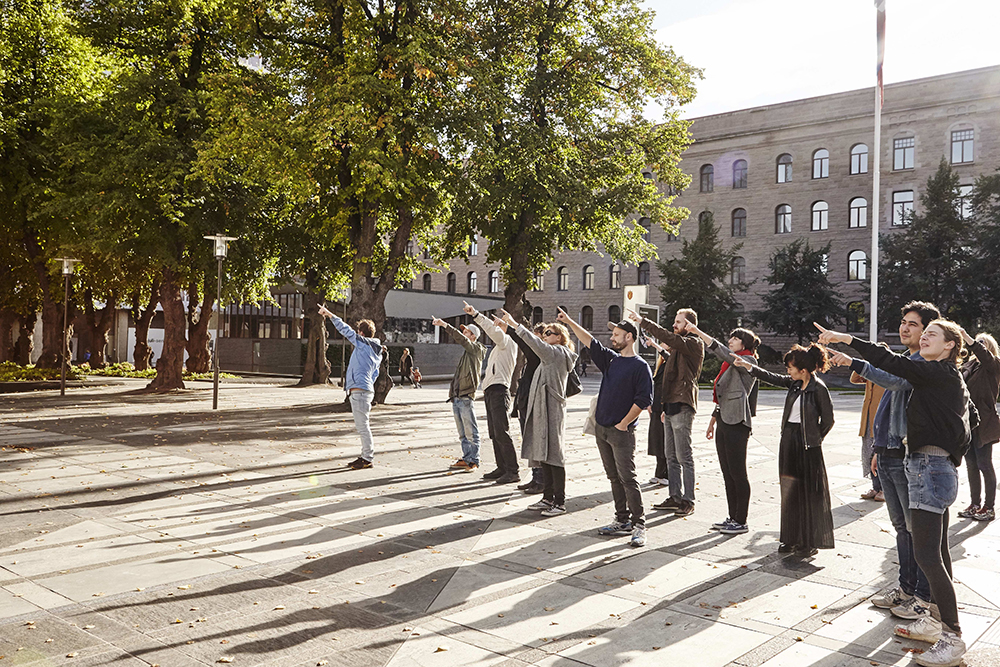
Photo credit: Marthe Bleu
The idea of Practice Models followed research I’d conducted on self-organized artist run experimental spaces. For a long time I’ve been concerned with modes of working and exchanging knowledge, with that in mind I’ve coined Practice Models which are strategies that differ from just any practice in that it may involve (local) politics or society, but must consider humanity at large. It implies structural engagement, beyond identities and localities.
For the one week workshop in Oslo, I had brought together people I’ve either somehow met during the research period, or longer term collaborators. In any case the actual selection and bringing together of people was a mayor component of the skeleton of this endeavor. I wanted people who were somehow structurally engaged within their field, passionate about collaboration, and critical and stand fast in their believes to meet and try to work together around this given idea. I also wanted the project to be multi-disciplinary and trans-local. The initial longer term intention is to start a school/residency in Bangkok Thailand, but at the moment I have grown more receptive to the idea that my future ambition can be more nomadic and fluid.
We lived together 24/7 at an airBNB in central Oslo. Taking on shifts for cooking, presenting, shopping etc. I’ve asked the five invited participants to each prepare a three hour presentation/talk and workshop. All of us had prepared a draft which we shared with each other before hand, but what we ended up with had already changed and morphed from the initial suggestions. Putting ideas into an exercise which we could do together. The topics ranged from subjective archives, to the sharing of personal narratives, to discussions on how images act, to the merging of business plan with art and cultural field, etc The workshop all had a more active component part, where ‘assignments’ were given to each other, these assignments often worked not to illustrate but embody the intention of what the participant wanted to discuss.
I started of the first day with a 40” reading, consisting of approximately 20” quotes taken from diverse sources, among which were The Undercommons by Harvey and Moten, Counteracting by Athena Athenasiou, The emancipated Spectator by Ranciere, Looking Away, Participations in Visual Culture by Irit Rogoff and Between a Pedagogical Turn and a Hard Place: Thinking With Conditions by Janna Graham. This was followed by a reading of Geography of A, my own short and fragmented biographical stories, mixed with reflections on Thailand. After this I asked the other participants to take 40 minutes to write down a response to my reading, which we in turn read out loud to each other in order of affinities: One person start, and the next one volunteers if they somehow feel that their text has an affinity to or relate to the previous text. The latter technique was something that natural came out of ‘In Search for a We’, a workshop situation I attended to a few month earlier as part of the curatorial program at KHIB initiated by Anne Szefer Karlsen.
Architect Cristian Stefanescu gave a short presentation on subjective archives, the images we carry with us, which informs us at all times in our making and doing. After which he asked us to find 11 images and to present them in 11 minutes. We were supposed to collect 11 images that somehow were at the core of are current work pursuit, after which we had to present them shortly, using maximum 1 minute per image, but we were allowed to pass if we couldn’t (yet) explain the image relevance. a topic which came up during the discussion is that somehow ‘action’ is very much valued currently, and that thinking within the context of engagement is considered ‘less’. Opinions were diverse. This exercise was planned to be early in the week, as it has a good potential to function as a rough introduction to each other(‘s work).
Curator and Urban Theorist, Elke Krasny took us out to Gressholmen, one of the Oslo islands, and gave us the assignment to spread out on our own, and ‘to find a place on the island that we felt had been waiting for us.’ Then we were asked to spend an hour at this place, and we need not share what we did with our time to each other. Then we walked to another part of the island, were there was a small Kiosk and she introduced us to a the activity of ‘pouring water for each other’. She came up with the idea when Judha, Elke and I were out exploring Oslo a week before the others had arrived. We were sitting on a terrace and the waiter brought us three glasses and water in a bottle. Elke lifted the bottle to pour for Judha, but before she could do so Judha raised her hand and covered her glass saying that Elke should not pour for her, that she could do it herself. After which the three of us ended up discussing cultural manners related to hosting and other prescriptive behavior we’re usually not so aware of. From this followed the exercise: to team up per two, then we were given a bottle of water and two paper cups, and to pour water for each other while discussing this activity. What I understood was important for Elke here is to allow the place and situations to inform, and infiltrate how the models were formed as well as the current discourse.

Photo credit: Kristian Skylstad
Artist Kristian Skylstad showed us a work he had made in collaboration with Hans Christian Skovholt, called ‘Non Deus Ex-Machina’, the video showed a seemingly idyllic snow landscape , reminiscent of video-games esthetic or manga animation esthetic. It also showed abrupt ‘camera’ movements, and the image frame swinging from left to right, up to down, leaving a very anxious and unpleasant after effect in the body. After which we were told that the video showed scenes from a shooting (video) game, where the ‘enemy’ had been removed, but the camera movements still revealed traces of the player searching for hidden enemies. After the video we went for a walk in the woods. The conditions given to us by Skylstad for walking was that we had to leave 20 seconds intervals from each other, so that we can walk ‘together’ but we could not communicate while doing so. The walk became a beautiful performative gesture, seeing as we formed a line in the hilly landscape, at equal intervals, very much aware of each other presence and the surrounding calm, while the video shown earlier still lingers in our minds. The walking together at a distant allowed us wandering/processing time. After this part, we had lunch together and discussed. While walking to the bus to return to the airBNB Skylstad asked us to come up with one word that would sum up our core (interest/engagement…) He also read out loud a small text fragment on the way down to the bus again.

Photo credit: Apichaya Wanthiang
Art historian and critic Judha Su made an arrangements with clothes and personal object on the floor. After which she read to us a text she had written in correspondence with her Indonesian research assistant. The text was talking about her research (criticality in Archipelagic Countries: Japan, Philippines and Indonesia) and the conditions she finds herself in while trying to do the research. After which we were asked to bring objects to her composition, to add to it. Then we had to write a text about our own object while also being inclusive of the other materials that do not belong to us. We did not share our writings.

Photo credit: Apichaya Wanthiang
Curator Anna Frost presented her past projects in relation to her collaborative endeavour Planes and Toves. After which she told us about her plans to start an art residency in Los Angeles, bringing together artist and business models. She asked as to brain storm with her, about how this could work in practice.
For the two semi-public events were hosted by Ina Hagen and Kos Daisuke Kosugi at their newly founded art space Louise Dany. Ina and Kos understood with ease the intention of this project and shared our interest in creating a community feeling, where ideas and actions could circulate in smaller and more intimate settings. I had asked them to invite 8 participants from Oslo, to come and test out a Practice Model with us, and to share a meal together after wards. They had invited artists, curators, a Japanese Professor, art students, writers, and fellows in art to join us. The first night I redid my 40” reading, interrupted by K. Skylstad Non Deus Ex-Machina, after which the participants were again asked to write a response which we shared in a similar reading out loud chain outdoors in a small in-ham where echoes had much presence.
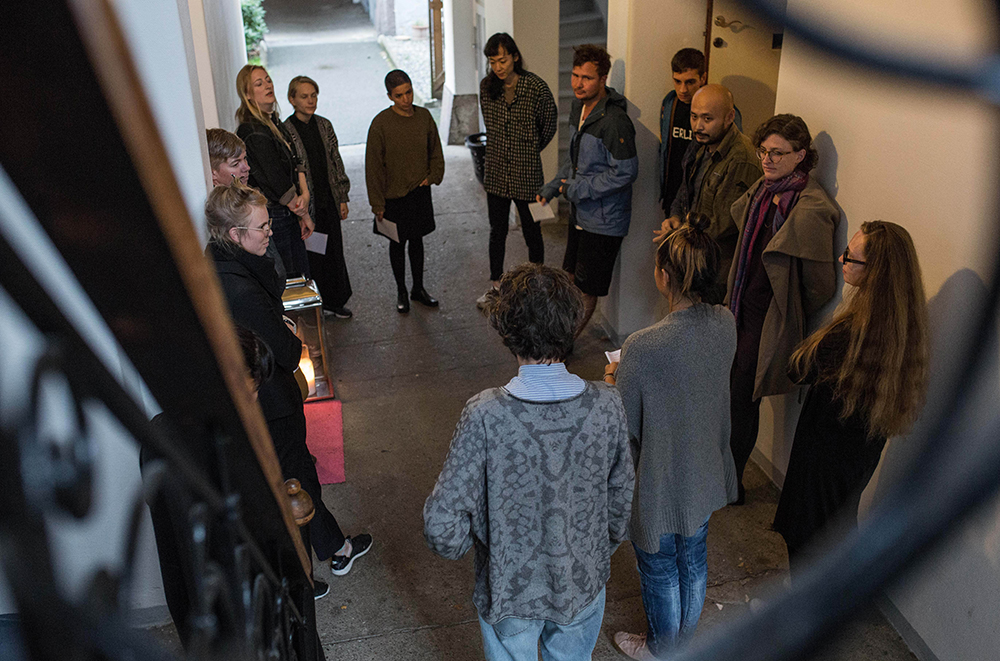
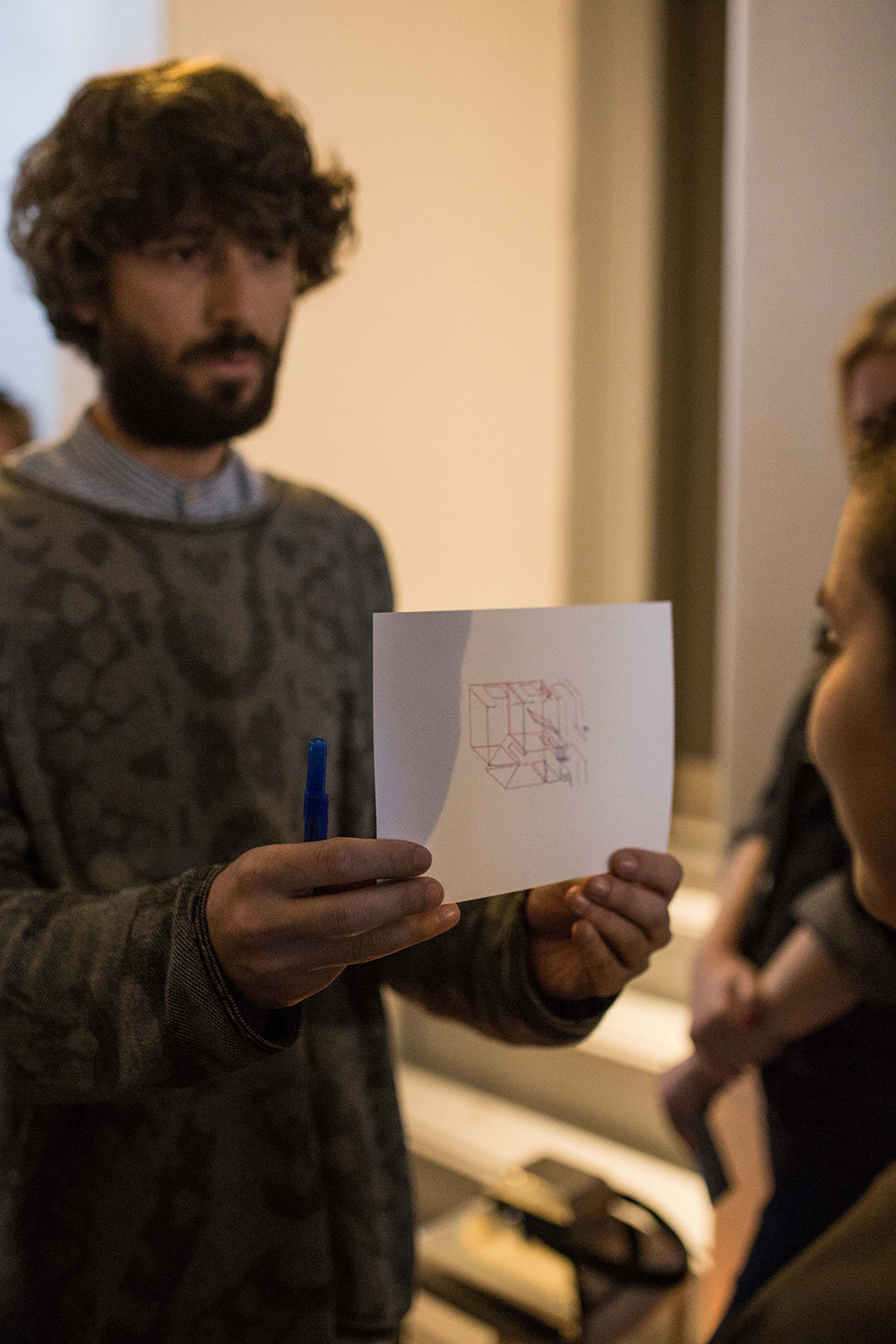
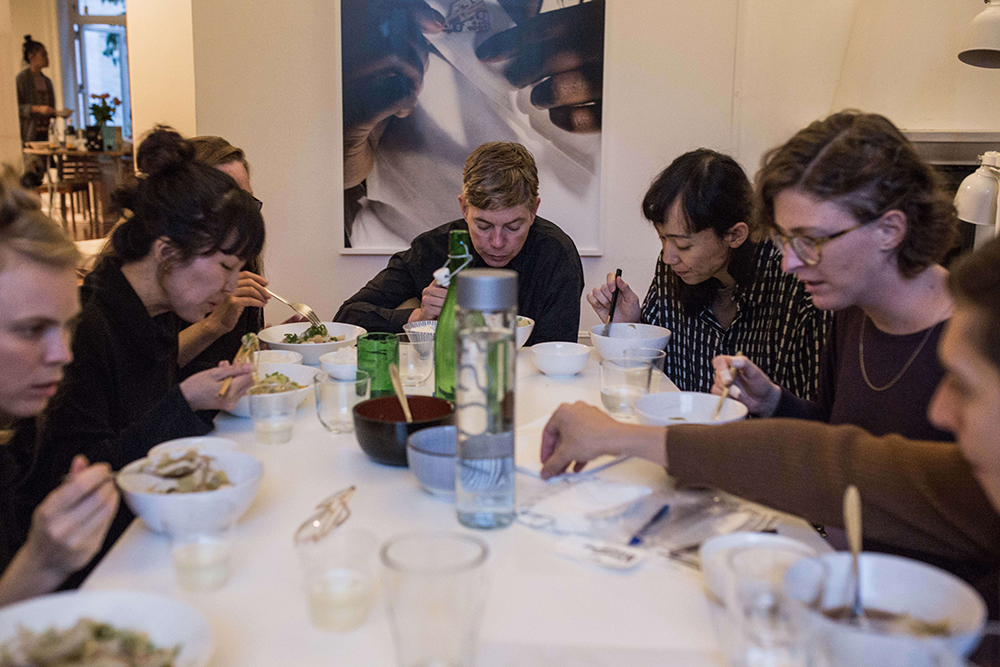
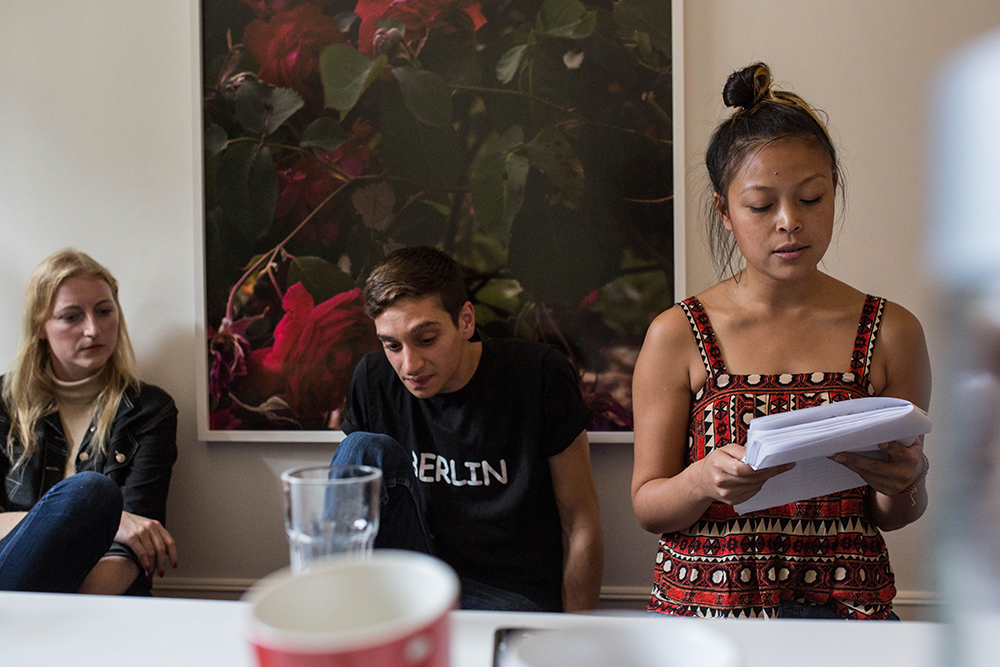

Gallery photo credit: Margit Selsjord
The second night at Louise Dany, was initiated by Kos and Ina introducing us to the invited guests, while one laid flat on the table, and the other climbed a chimney. It set a slightly humorist and absurd mood, and loosened us all up a bit. Then Judha read out loud a new text she had written for the evening, including objects and materials from Louis Dany’s interior, describing objects that belong and other that don’t. While she was reading, the five of us starting laying some personal materials on the table, one after the other. The rest of the invited participants caught on, and joined us with laying objects of their own. After this Judha asked us to rearrange the objects, and composed together, new hybrid clusters of material belonging. The second part of the evening, I introduced some characteristics of what we think (at the moment) constitute a Practice Model. Then we split up in four groups, and asked each group to come up with a Practice Model of their own. We acted out one of them out, and had a discussion afterwards.
I also should mention the fantastic three-stage-soup which was prepared for us. Kos and Ina cooked for the first night some sort of fish soup that transformed into a Kimchi-dish, after which the last bit of soup broth was used to make a porridge. It very much suited the process oriented and playful evenings.


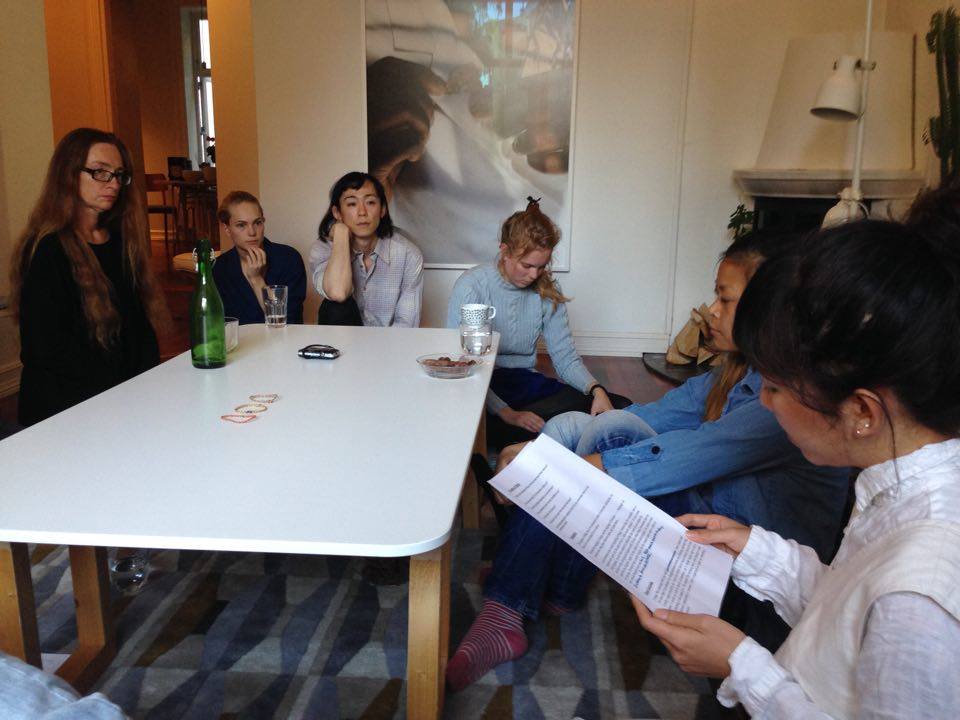
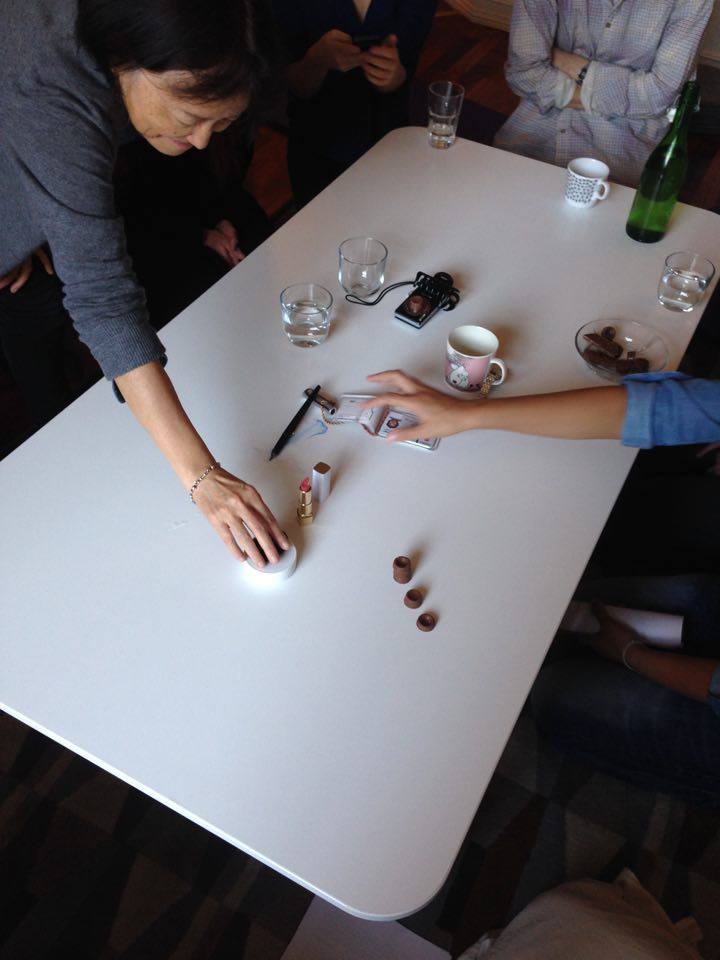
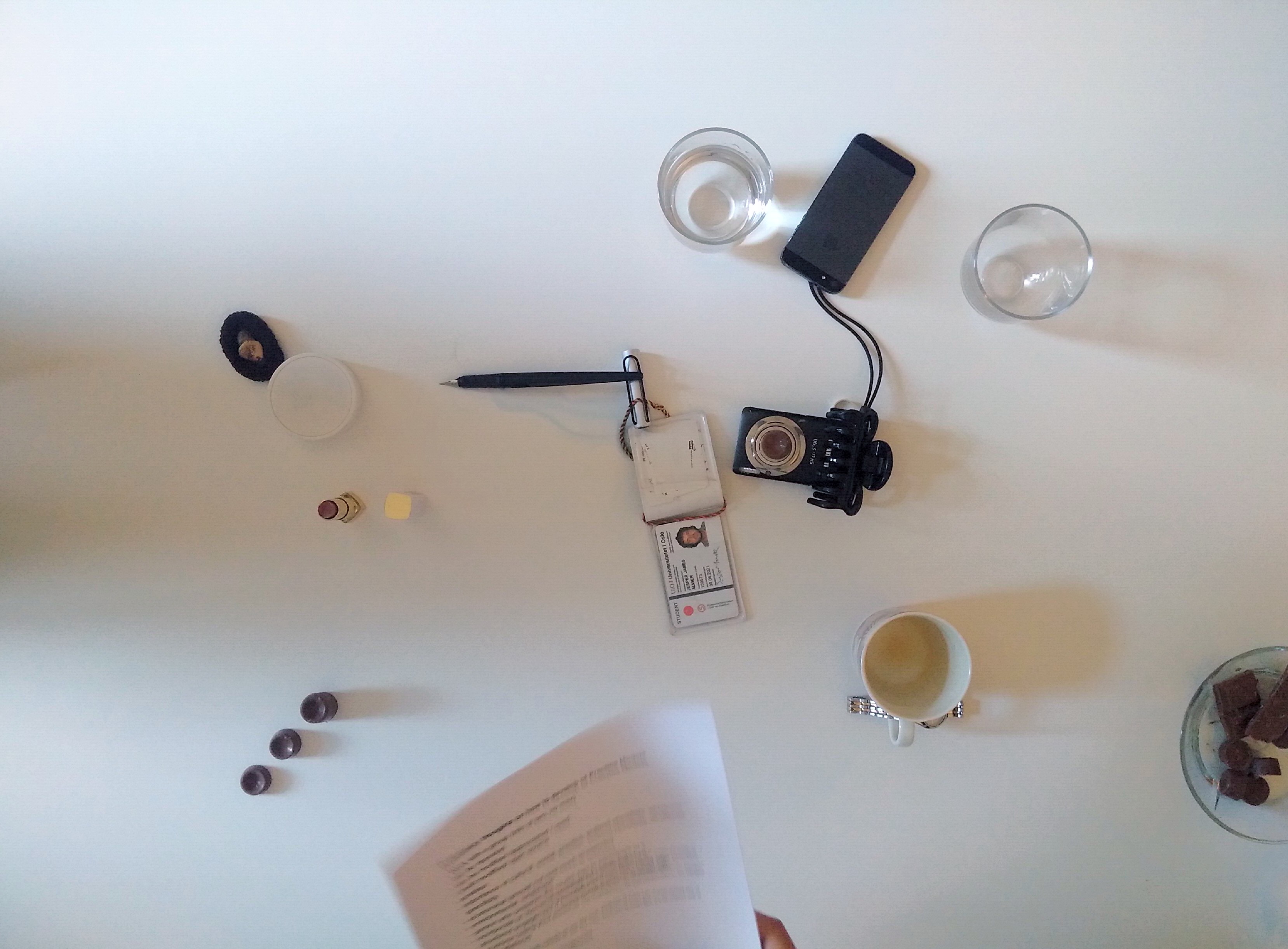
Gallery photo credit: Anna Frost and Kristian Skylstad
For the Public Event, as described in the first paragraph of this text, we did the exercise Pointing it Out. Before that, Cristian Stefanescu and Judha Su gave a talk on examples for when small tactics in larger strategies meet situations/objects in larger systems (as demonstrated in Stefanescu diagrams). We also split up in two groups, and asked the new participants to propose their own Practice Models.
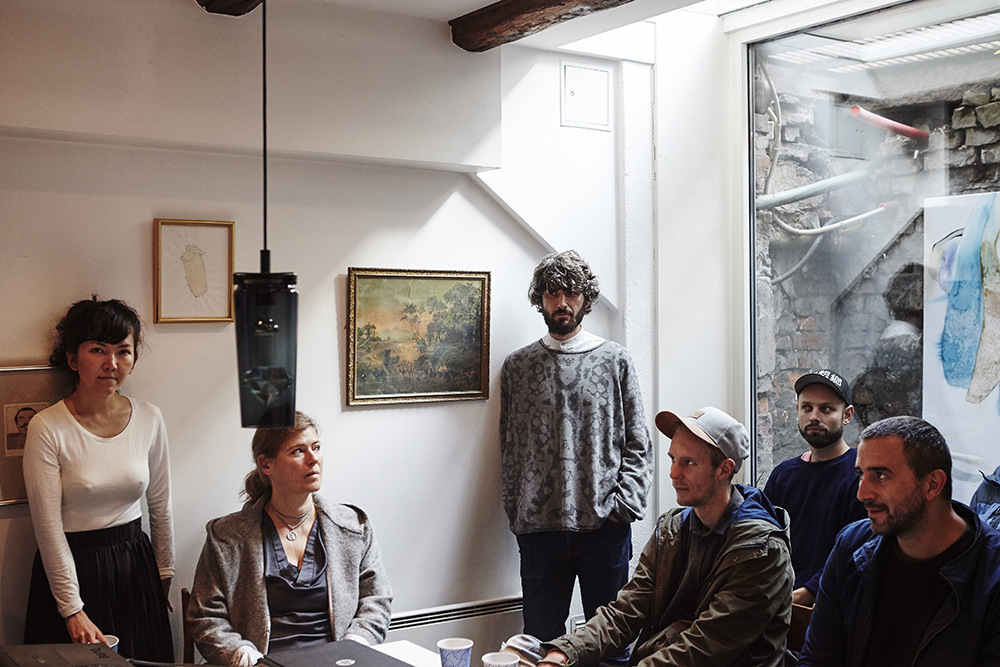
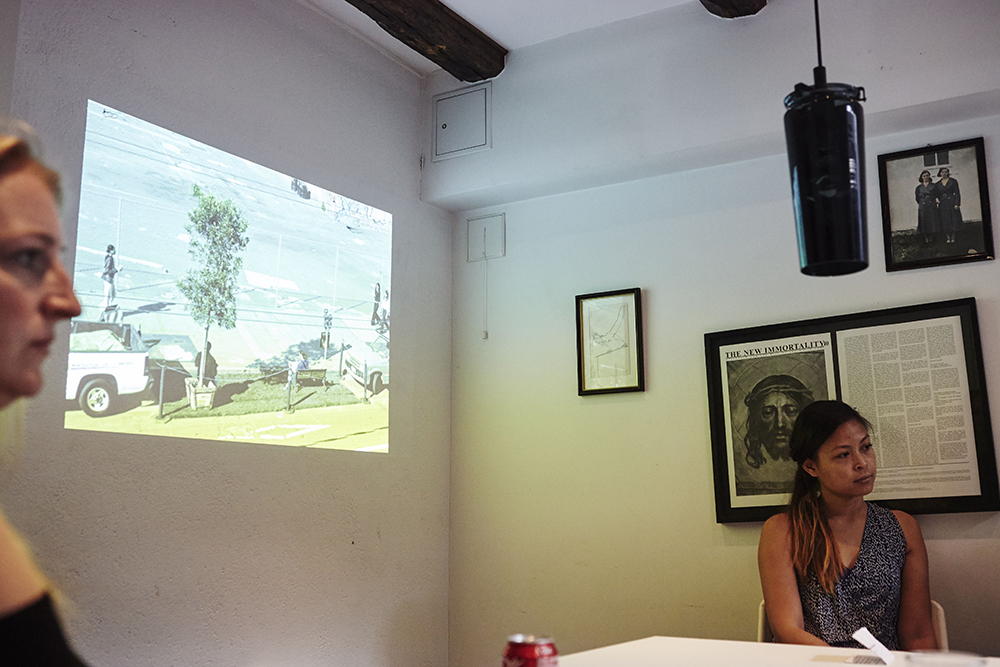

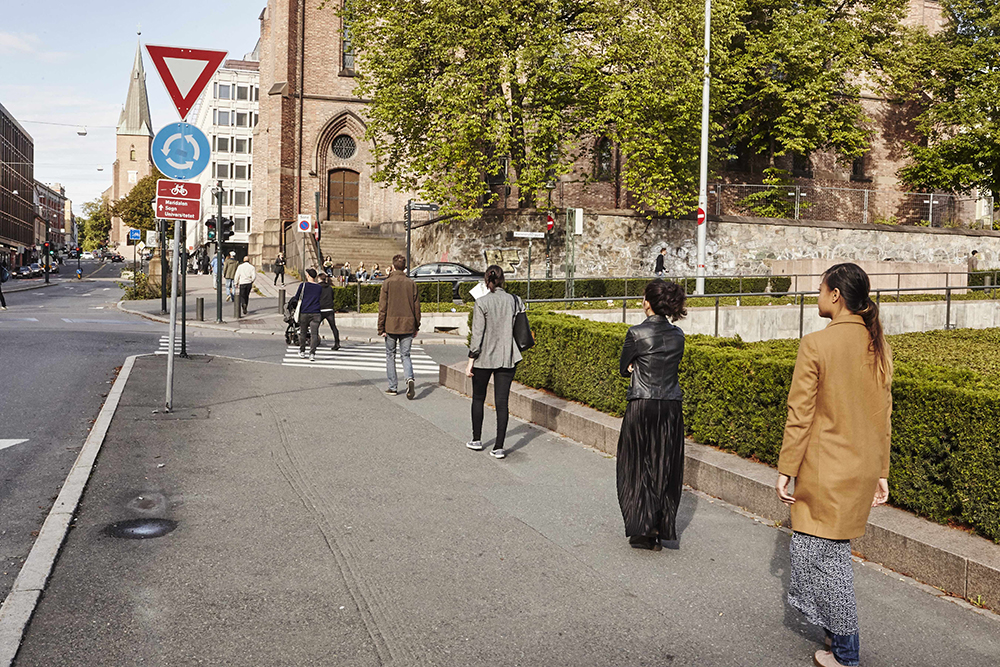
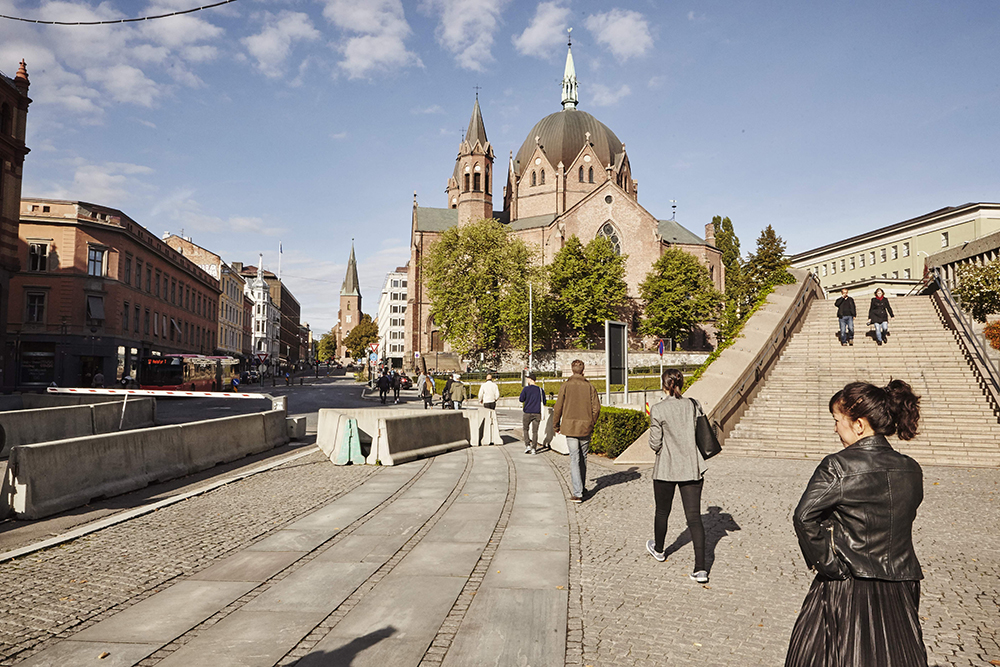


Gallery photo credit: Marthe Bleu
I will need more time to process, but it is good to start writing down what happened during the week. At least roughly, before the memories enter stages of disintegration. I was somehow left with the impression that the format of trying to implement ideas in simple actions were very effective in stimulating discourse. To be continued…
PRACTICE MODELS #2 Joint Imaginaries (Bangkok, Thailand)
Workshop initiated by Apichaya Wanthiang,
co-produced by Judha Su
6th-8th March 2017, from 10-17H, at JAM (Surasuk, Bangkok)
PRACTICE MODELS #2 Joint Imaginaries was a three days workshop, where we explored the topic of ‘counteracting with and for’ towards joint imaginaries, which implies collective actions towards a cause (to think around societal, political structures which are limiting, oppressive and violent in this case in Thailand). Together we proposed topics which were urgent in our work pursuit, these topics were shared / presented and discussed, some of the participants were asked to propose an activity, for us to perform. It was preferred if the activity would set the condition, environment, activity where theory becomes or relates to practice. We performed the proposed activity, and discuss whether the activity brought new insights in relation to the topic and in relation to the idea of Practice Models. Documentation of this kind of projects are difficult in nature, as there are discursive moments often critical of or antagonistic to surrounding conditions. Which is why I kept this documentation limited, if you would like more info please feel welcome to get in touch through mail.
Workshop participants: Sina Wittayawiroj, Chulayarnnon Siriphol, Varis Likitanusorn, sasapin siriwanij, Thepnara Kongsawan, Techit Jiro, Chatsuree Thansup, Pisitakun Kuntalang, Judha Su, Markus Moestue & Apichaya Wanthiang.
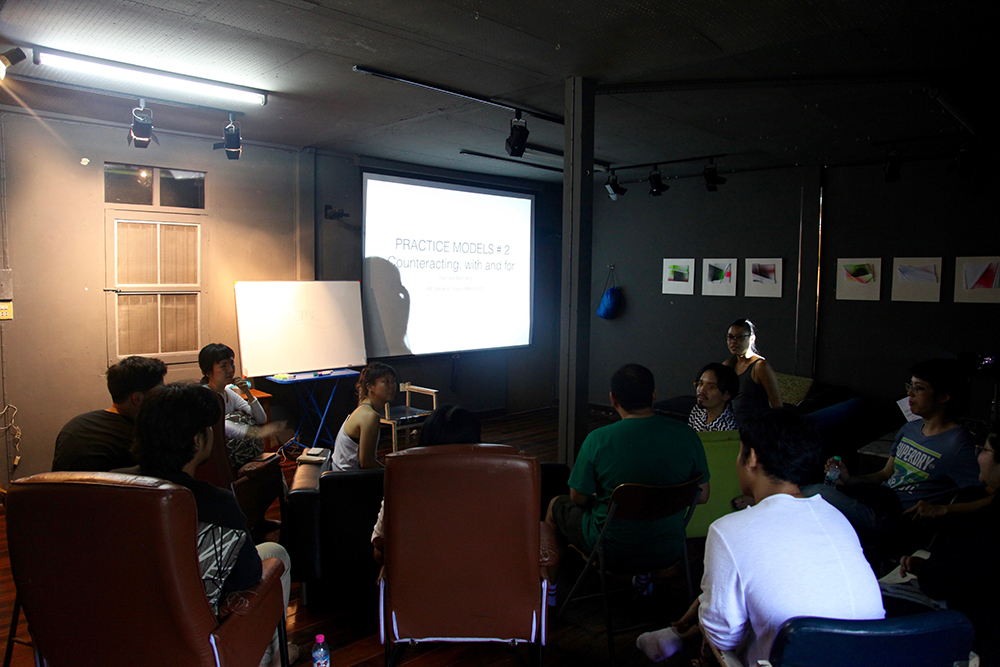

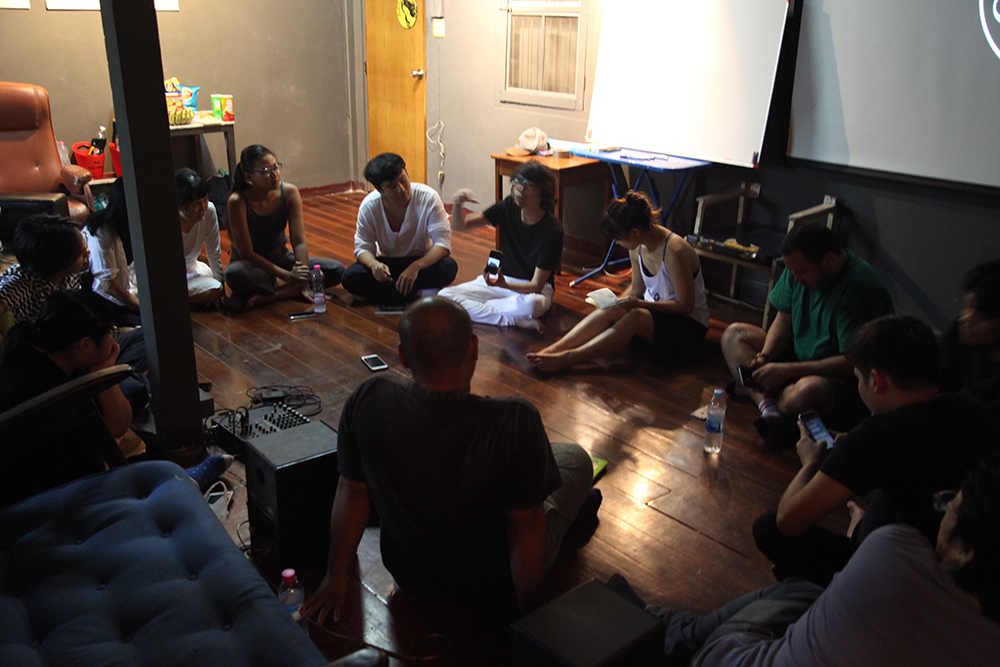
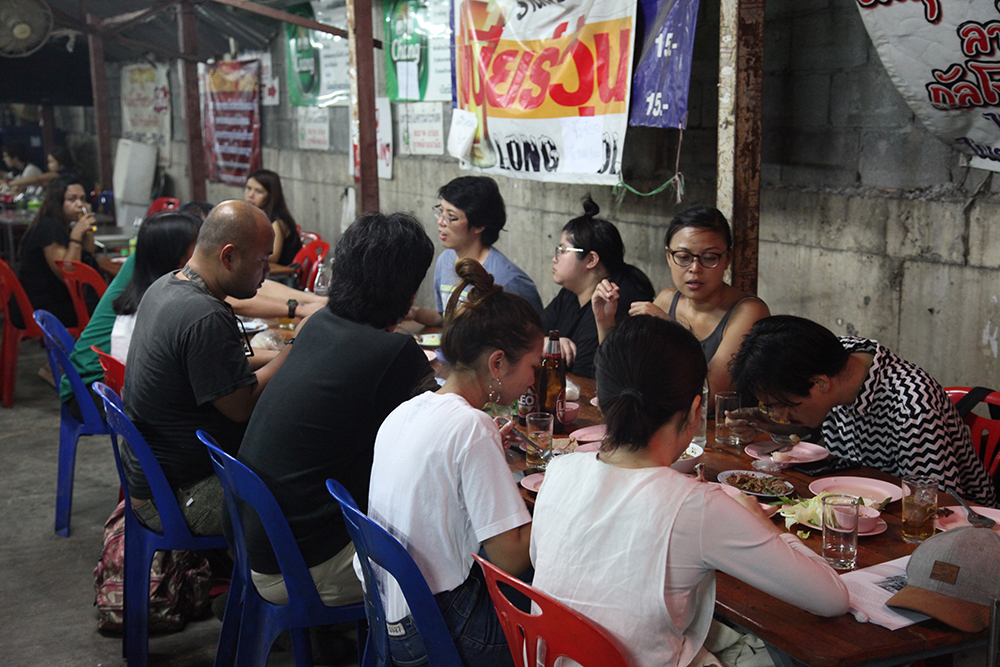
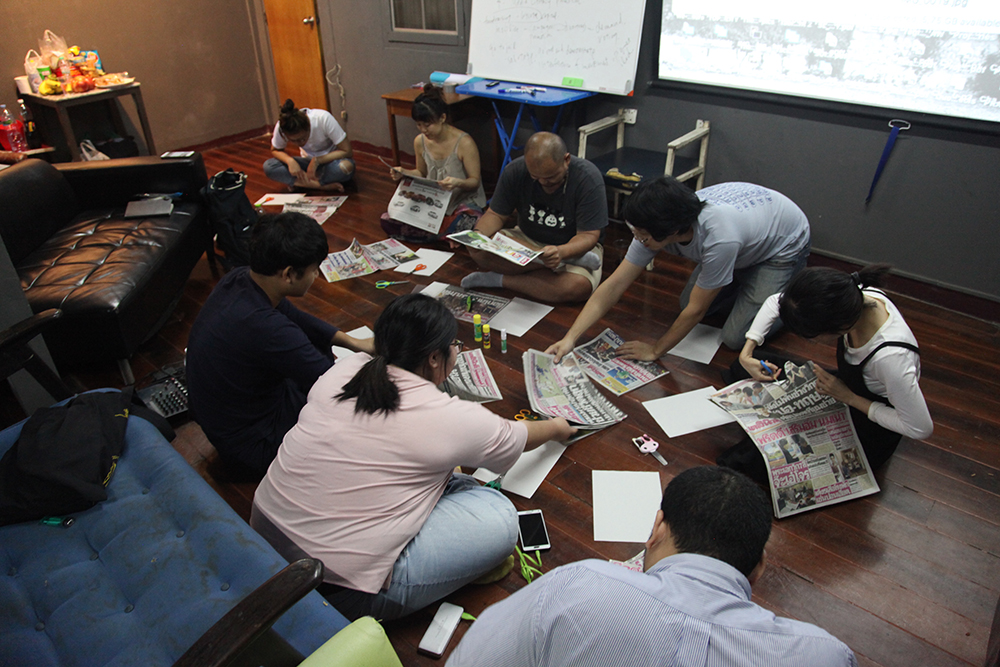


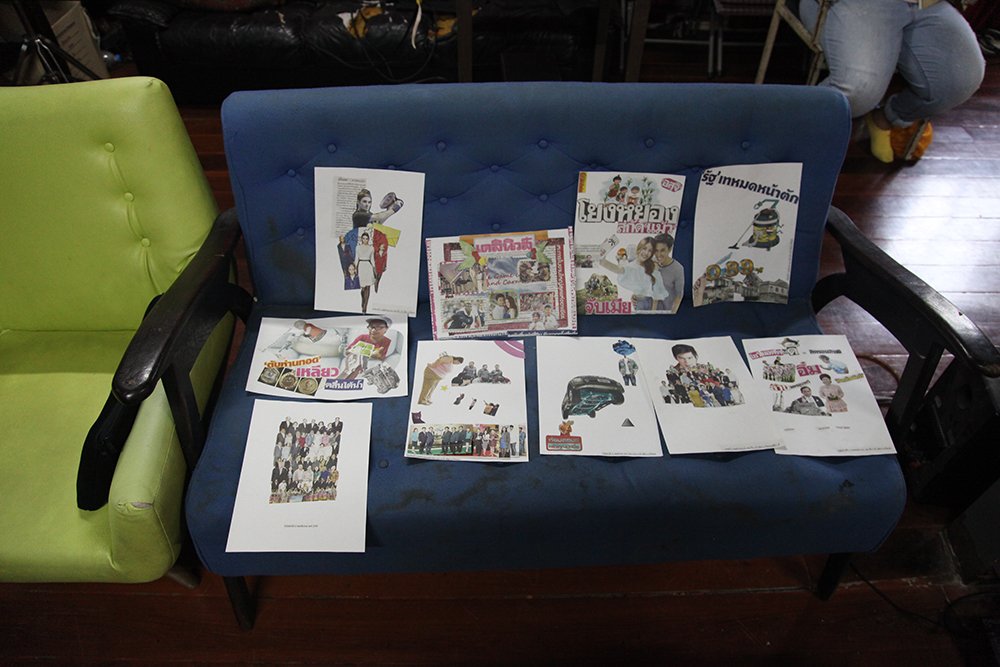
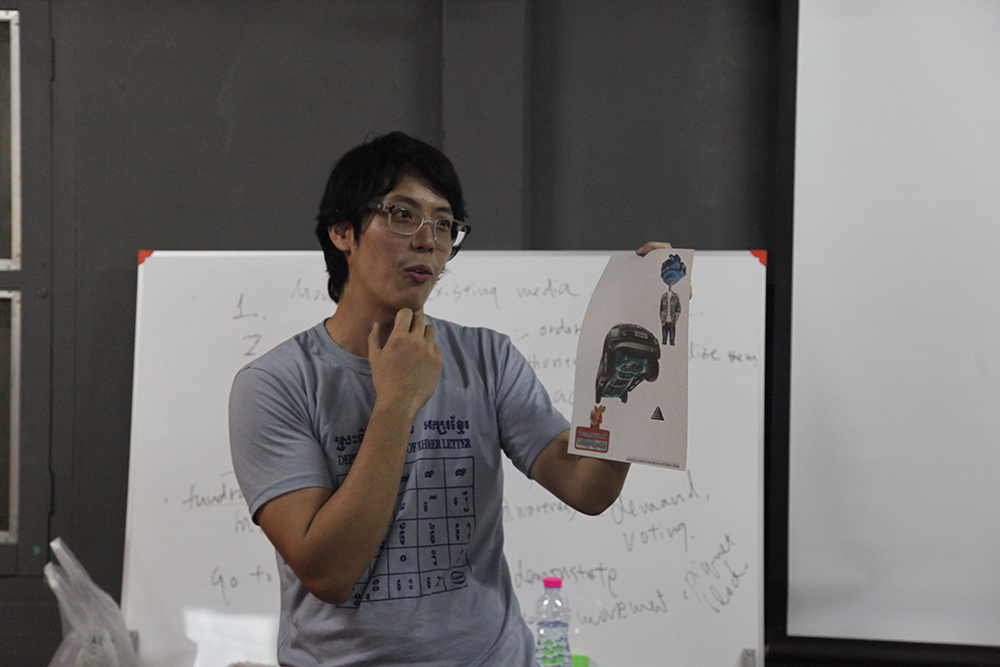

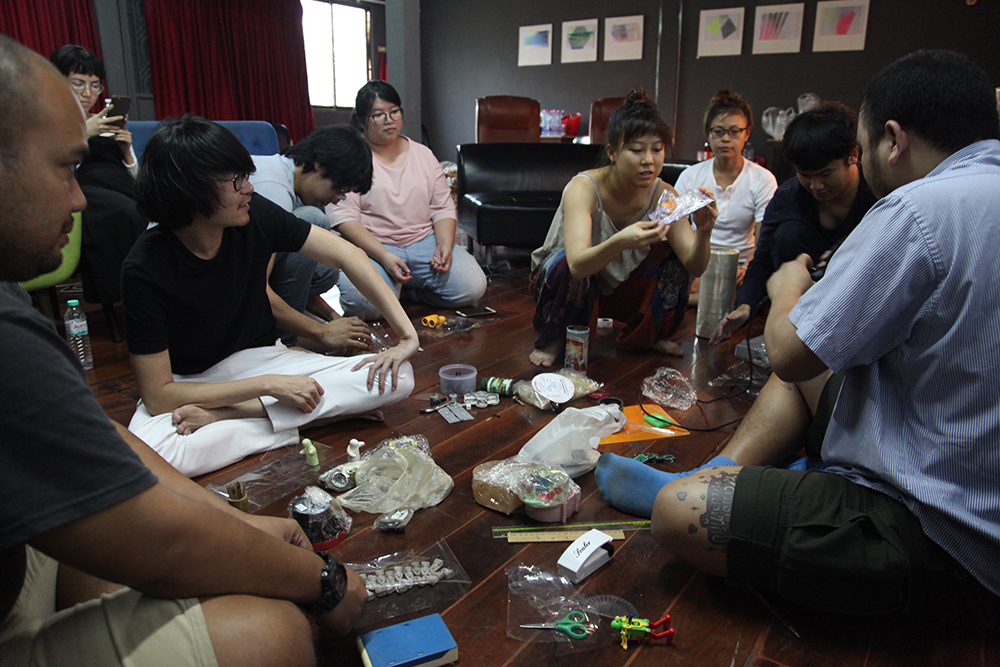
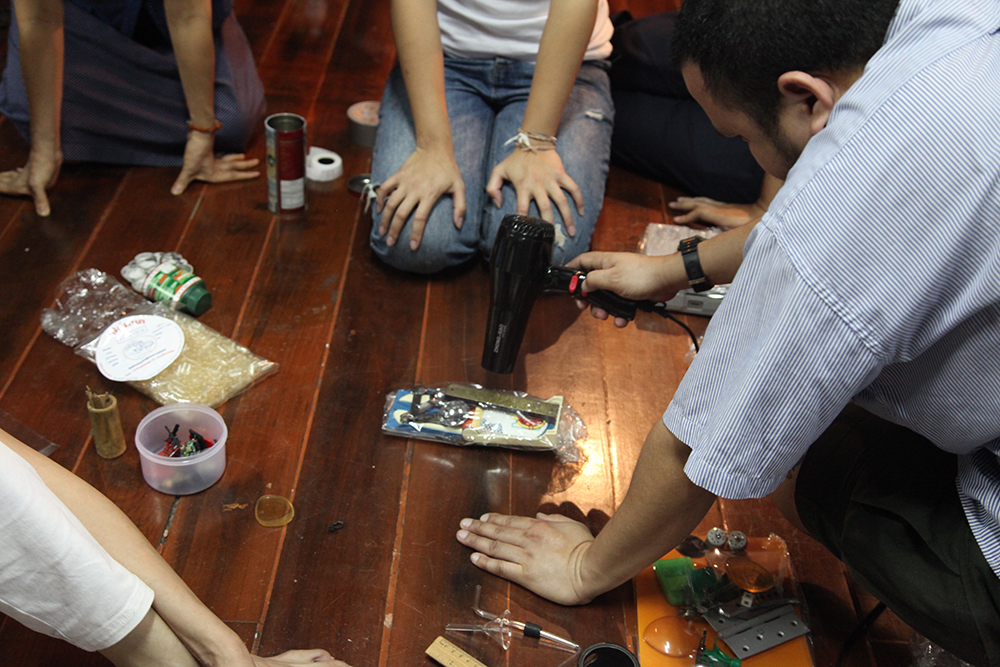



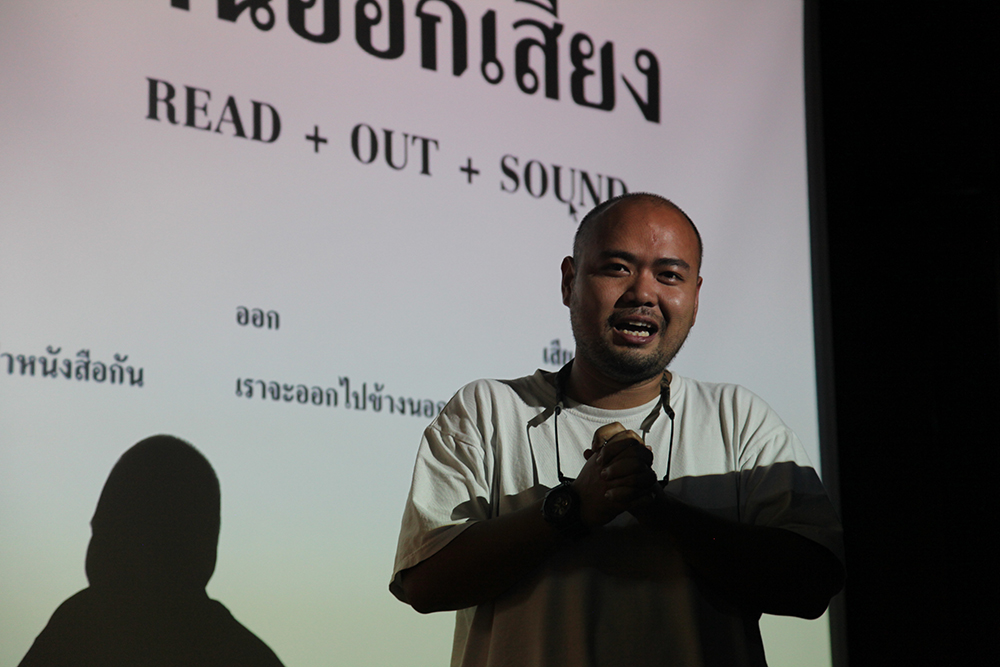
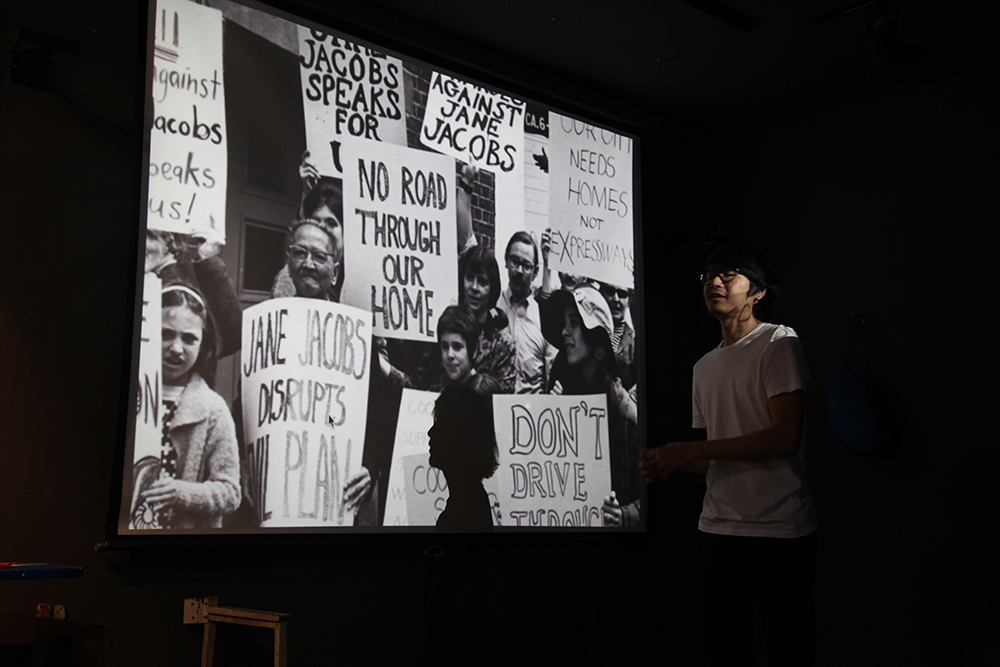
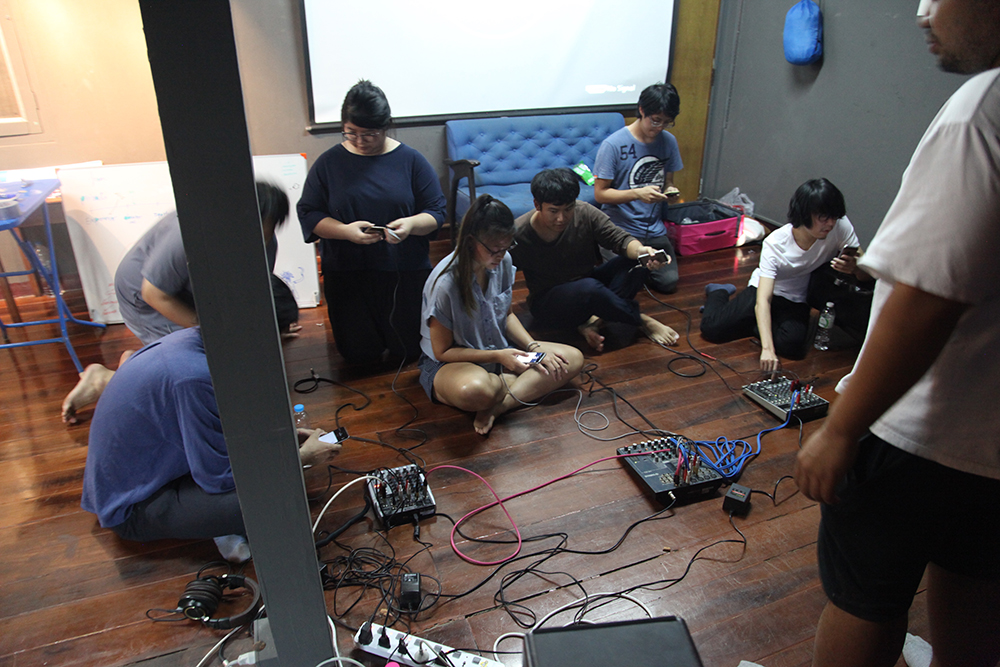
Gallery photo credit: Markus Moestue
Practice Models is a term I’ve coined, after doing research in self-organized artist run (educational) spaces. They are methods/structures/infrastructure for knowledge exchange which emphasizes a cross cultural, cross boundary and transgen(d)erational thinking. They are models which aims to continually shift center(s), or to de-center through alternating the framing of something. Making the frames present through visualization, performing or discussing in order to stimulate a self reflection which is social first.
Judha Su helped put me in touch with local artists, activists, architects and designers to participate in the three days workshop which happened at JAM. I started with an introduction to the idea of Practice Models, elaborated on the foundations of this term, and looked at prior experiments that happened in Oslo the year before. This was followed by five workshop contributions by some of the participants. Each workshop situation took around three hours, we had dinner together in the evenings to discuss and to get to know each other.